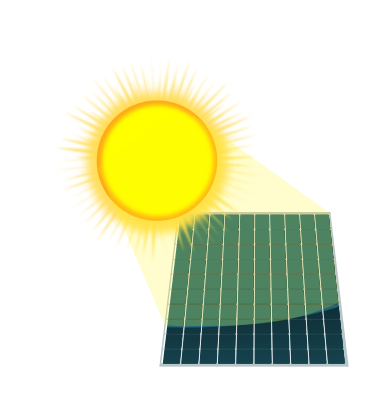

As this thread shows, back pain isn’t caused by just one thing, so each specific person’s back pain won’t be cured by the same one size fits all approach.
If your back pain is caused by poor posture exacerbated by a weak posterior chain, lifting weights at the gym or doing other strengthening exercises/physical therapy can be helpful. As plenty in this thread can attest, gym time to offset laptop time can go a long way.
If your back pain is caused by repetitive stress from physical labor, adhering to proper form/technique and rest/recovery cycles to the best of your ability can help.
If your back pain is exacerbated by the weight you carry, losing weight (or in certain circumstances, breast reduction surgery) can help.
We’re all just trying to get through life. Sometimes other people’s tips can help, so it’s worth sharing, but we also shouldn’t get too tied to a particular solution that worked for us, as a the solution for everyone else.






Can’t find another source for this tweet from either Twitter or Reddit, but here’s a screenshot of this tweet by Twitter user
@hiimbobbi: